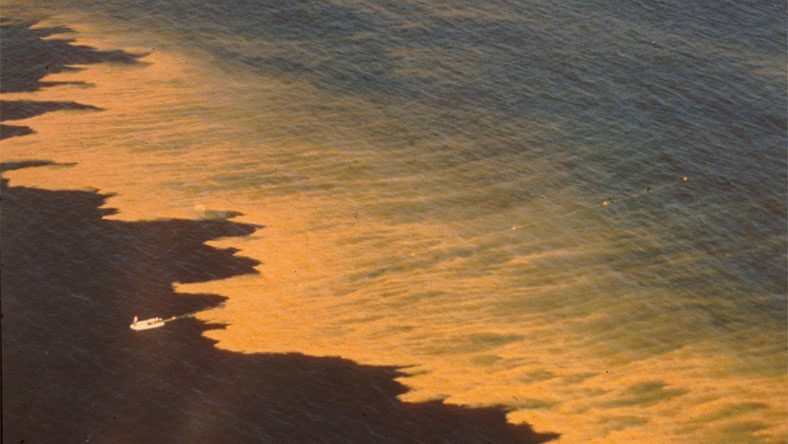
A “red tide” of blooming algae (the dinoflagellate Noctiluca scintillans) stretched more than 20 miles along the coast near LaJolla, California, in spring 1995. Such massive blooms can harm human health, coastal economies, and marine ecosystems. Algal blooms occur naturally, but have become much more common in recent years, some due to human activities that put excess nutrients into the water. (Photo courtesy of Peter Franks, Scripps Institution of Oceanography)
What are harmful algal blooms (HABs)?
The world’s lakes and oceans are teeming with phytoplankton. These microscopic photosynthetic organisms (mainly algae) make up the base of aquatic and marine food webs. Although phytoplankton play a critical role in sustaining life, some species of single-celled algae can be harmful when they occur in large numbers. When conditions are right, these species rapidly reproduce until they create huge masses of algal cells. Some blooms can become so large and dense that they can be seen from space. But even low concentrations of cells can be very dangerous.
Algal blooms can be harmful to other organisms. Some species release toxins that can sicken or kill plants, animals, and people. When algae occur in large numbers, they eventually use up available nutrients and die en masse. Bacteria involved in their subsequent decay use up oxygen in the water, which in turn harms marine and aquatic life. Harmful algal blooms (HABs) are becoming more common, with freshwater events now reported in every U.S. state and marine events occurring along every coastal state.
Why are they important?
HABs pose a variety of health risks to marine animals and people. They are problematic for a number of reasons. First, they have a clear impact on fish and shellfish resources. Some toxins poison these animals and cause mass mortalities, but more often, shellfish (and occasionally finfish) accumulate toxins in their tissues as they feed on smaller organisms, including toxic algae. When other animals—marine mammals, seabirds, or people—consume contaminated fish and shellfish, they can ingest high enough concentrations of toxins to cause illness, neurological disorders, or even death.
Even non-toxic algae can kill off large numbers of plants and animals through their sheer mass. Harmful algal blooms can cover vast areas of the water’s surface. This, in turn, blocks light to plants and algae growing lower in the water column or along the lake or sea floor. Unable to photosynthesize, these organisms—including aquatic plants, algae, and tiny organisms, such as diatoms— may struggle to survive.
Some diatoms make glass houses with jagged edges and sharp spines that can become lodged in fish gills. Damaged gills, unable to take in oxygen, ultimately lead to death by suffocation. Ecosystem-wide damage can occur when an algal bloom dies off and begins to decay, creating a low-oxygen condition called hypoxia. Without enough oxygen for animals to breathe, the water itself becomes deadly.
In addition to direct damage from toxins and hypoxia, HABs can have a severe impact on local communities. People who depend on lakes and oceans for their livelihoods lose business during HAB events, and food quality and availability often decline.
What are ocean scientists doing to prevent HABs?
At the moment, one useful approach in the management toolbox is to continuously monitor water conditions. For example, a new instrument called the Imaging FlowCytoBot (IFCB) can be deployed in waters where HABs are likely to occur. The IFCB is an underwater microscope that takes hundreds of thousands of photos of algae daily, identifies them, and reports the numbers of each species spotted in the images. When algae known to be harmful become abundant, researchers notify nearby managers and industries, so they can close beaches for shellfish harvesting or take other actions to mitigate harm.
Beyond monitoring, researchers are working to predict when and where HABs are likely to occur. To so do, they first need to identify the environmental triggers involved. Warm water temperatures play a role, and climate change may be contributing to recent increases in HABs, but many other factors are involved as well. Some blooms tend to occur in areas such as the mouth of the Mississippi River in the Gulf of Mexico, the end point where runoff has accumulated from upstream farms and overfertilized lawns. Such runoff has high levels of otherwise limiting nutrients that are known to promote algal blooms.
As there are many other possible contributing factors, scientists are busy investigating which specific sets of conditions lead to these destructive blooms of algae. As they collect more data and incorporate those data into their models, they are better able to forecast future outbreaks.
Scientists are also devising methods to remove toxins and toxic algae when HABs do occur. This is quite a challenging task, as many other beneficial organisms co-occur with HABs, and many researchers worry that the treatment may be more harmful than the problem. Applying natural mineral clay, an environmentally benign approach used in other countries, is currently under investigation as a potential solution in U.S. coastal waters. When a fine spray of clay particles is spread over a HAB, the clay particles bond together, capturing additional particles, including HAB cells, as they sink to bottom sediments. In addition, clay can remove 70% or more of some HAB toxins.
Researchers are also investigating how toxins move through the food chain, so they can better understand how they harm animals and people. And they are working with Indigenous communities in the Arctic to address newly discovered HAB threats occurring there. Massive blooms of dangerous algae are a recent occurrence in the historically too-cold waters of the Arctic Ocean. High levels of potentially paralyzing toxins have been found in marine mammals that are part of the subsistence diet for people living in these regions, presenting a new problem they haven’t previously had to address.
Anderson, D.M., M.L. Richlen and Lefebvre, K.A. 2018: Harmful Algal Blooms in the Arctic [in Arctic Report Card 2018] http://www.arctic.noaa.gov/Report-Card.
Anderson Lab. https://www2.whoi.edu/site/andersonlab/ Accessed on January 11, 2021.
Clark, Suzi. The Recipe for a Harmful Algal Bloom. WHOI. https://www.whoi.edu/oceanus/feature/the-recipe-for-a-harmful-algal-bloom/ August 21, 2018.
Lefebvre, K.A., et al., 2016. Prevalence of algal toxins in Alaskan marine mammals foraging in a changing arctic and subarctic environment. Harmful Algae, 55, pp.13-24. https://www.sciencedirect.com/science/article/abs/pii/S1568988315301244
Lubofsky, Evan. A Sea of Hazards. Oceanus. October 20, 2020. https://www.whoi.edu/oceanus/feature/a-sea-of-hazards/
WHOI. What are Harmful Algae & Red Tides? https://www.whoi.edu/know-your-ocean/ocean-topics/hazards/harmful-algae-red-tides/ Accessed on January 6, 2021.
WHOI. What are Harmful Algal Blooms (HABs)? https://hab.whoi.edu/ Accessed on January 6, 2021.
All Topics on Harmful Algae & Red Tides
Watch What You Eat
Harmful algal blooms can taint seafood with toxins, causing illness or even death. Learn how blooms affect human health through shellfish and fish poisoning.

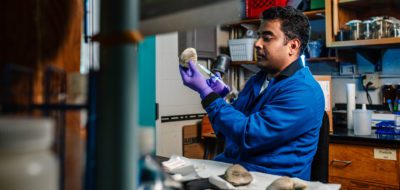
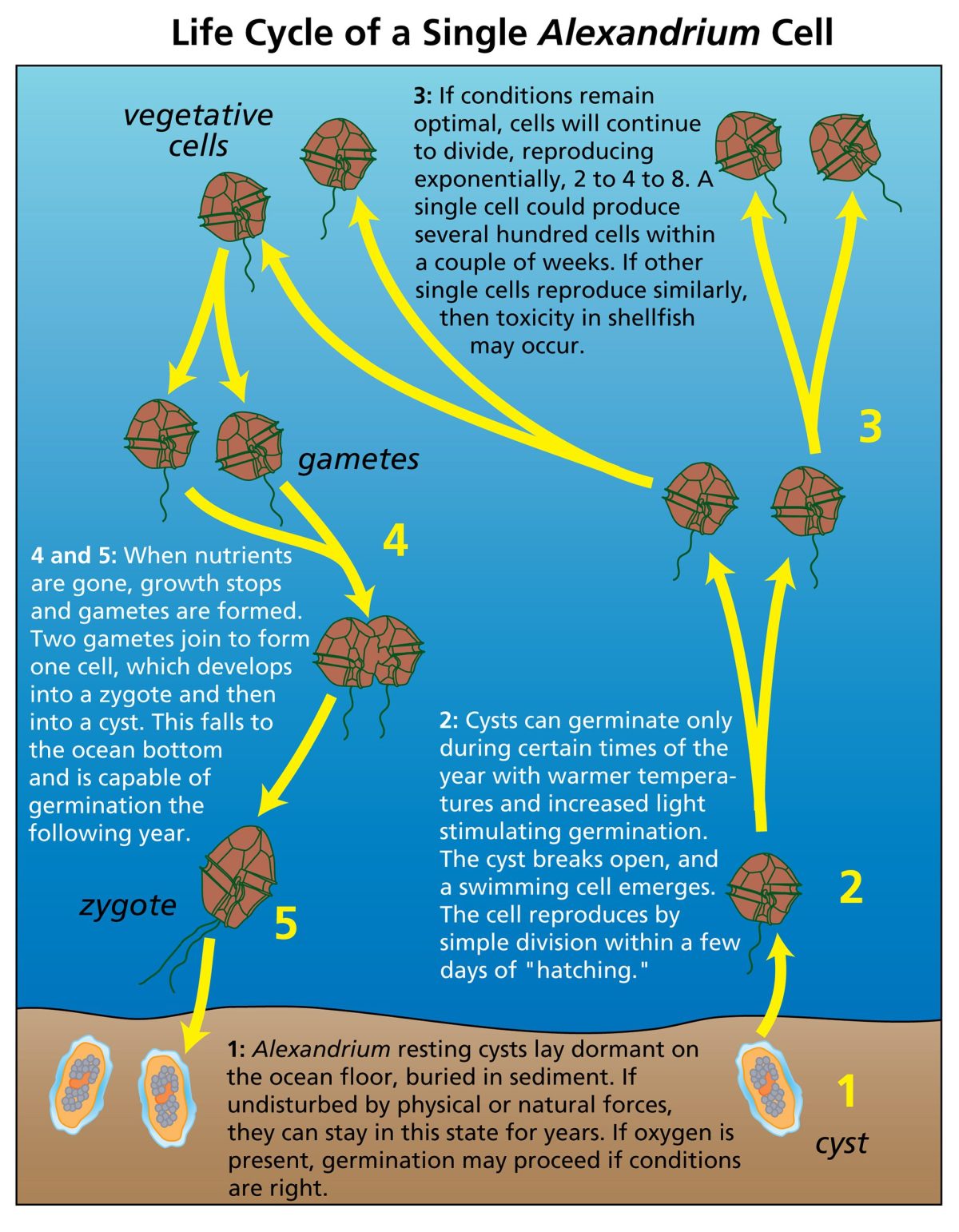
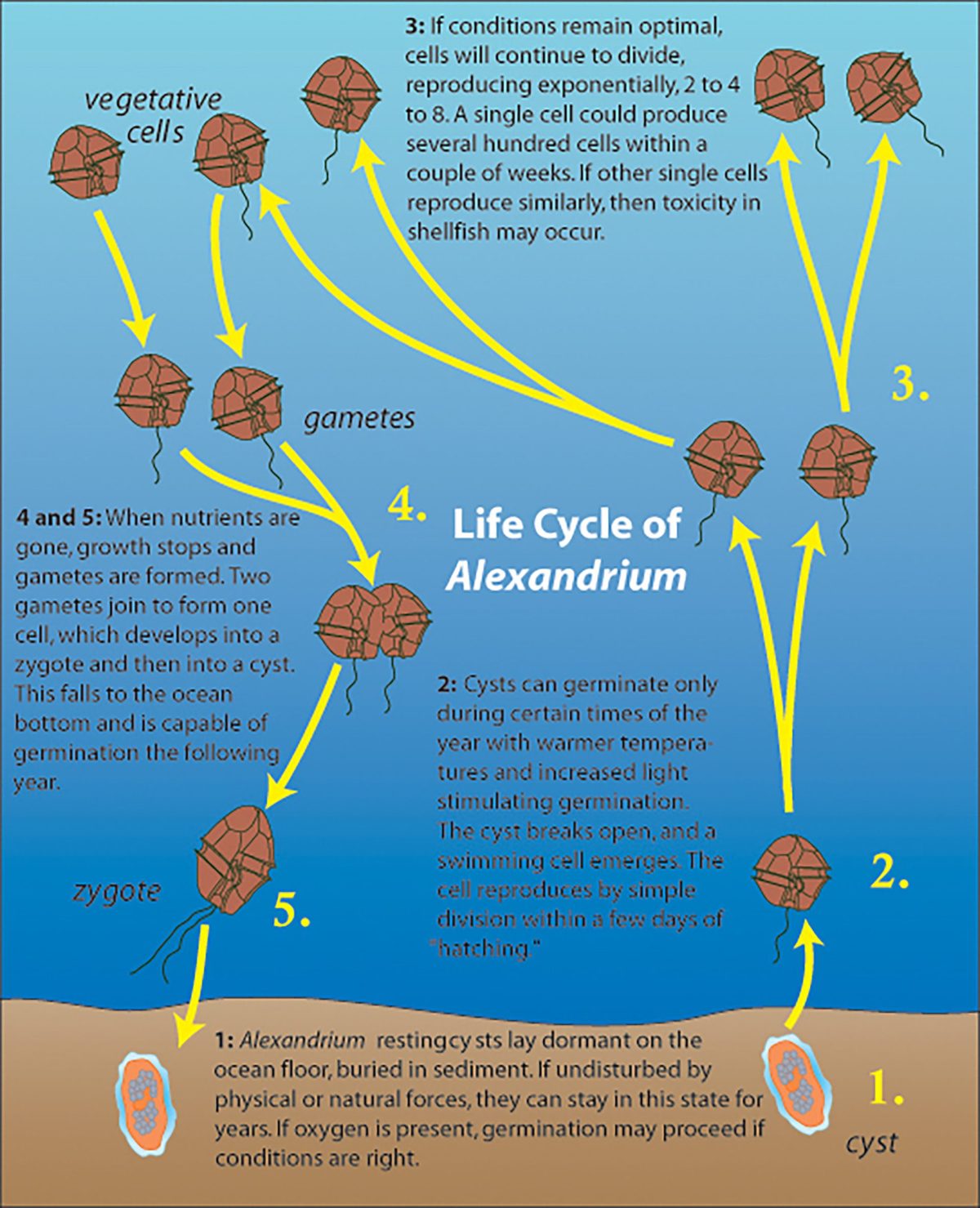
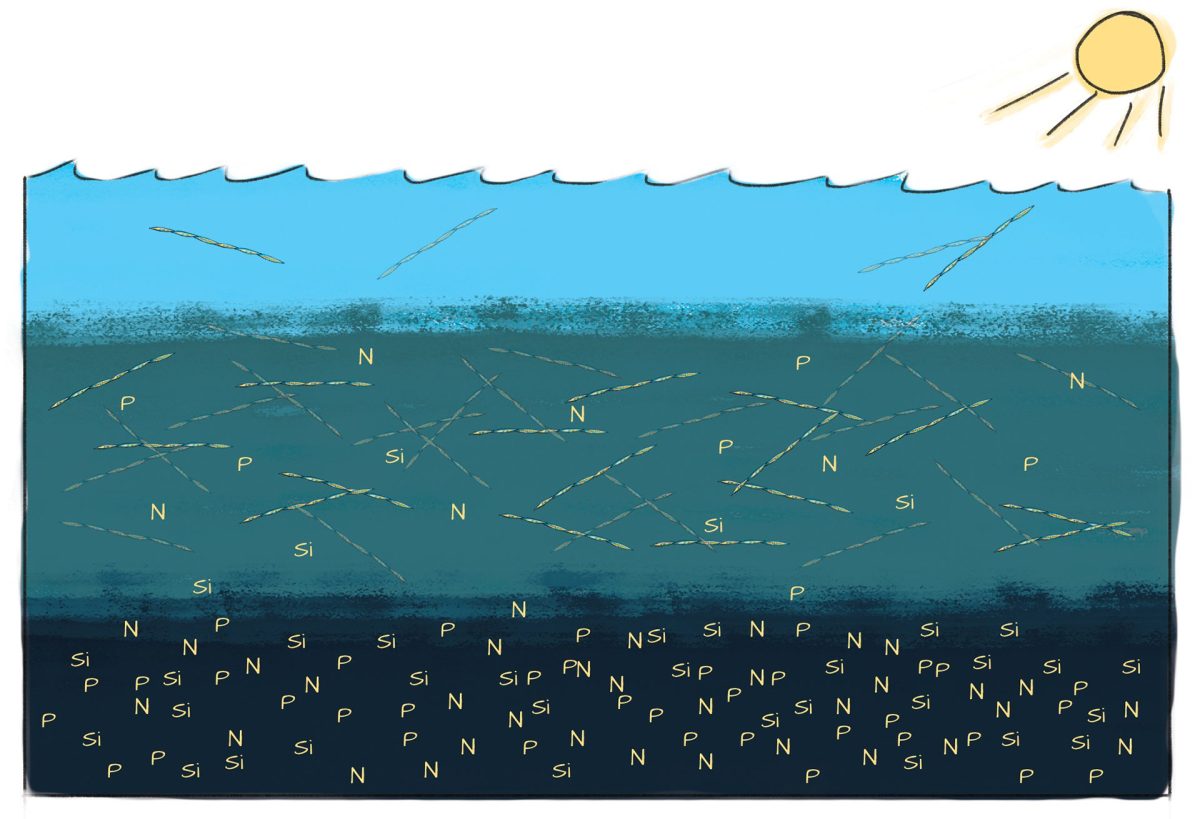
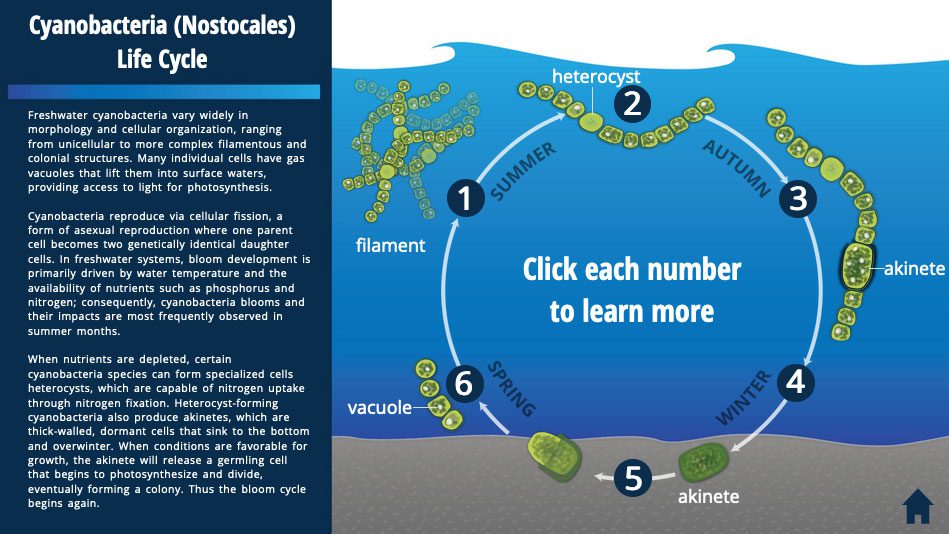


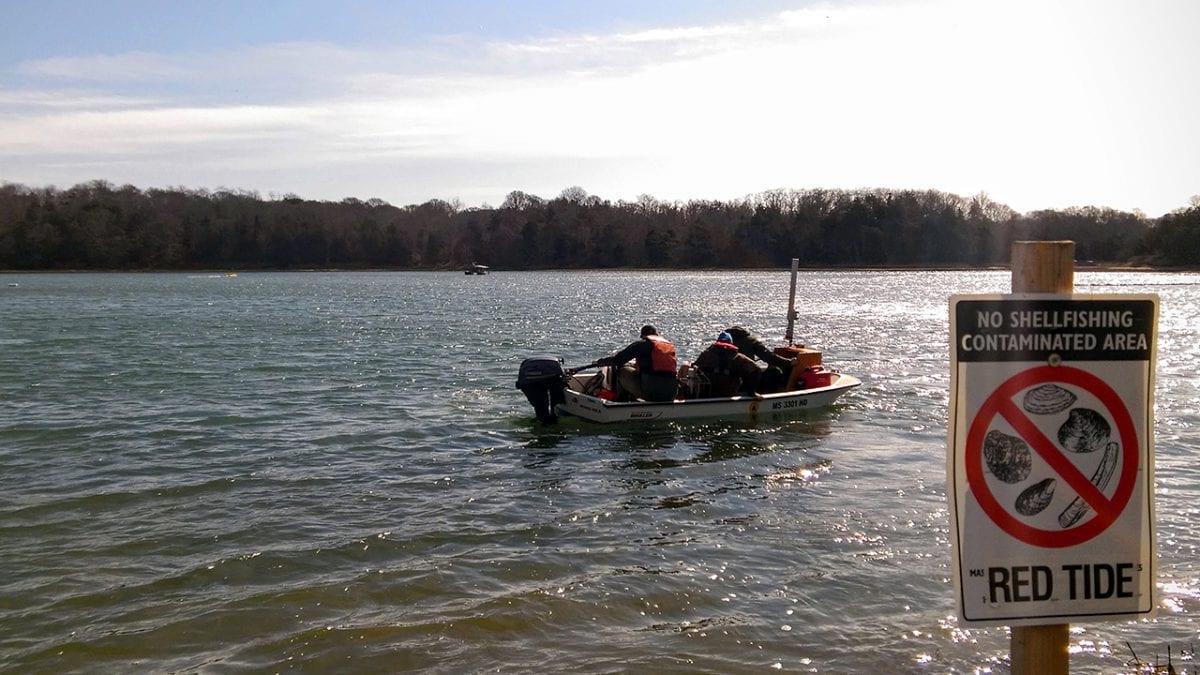
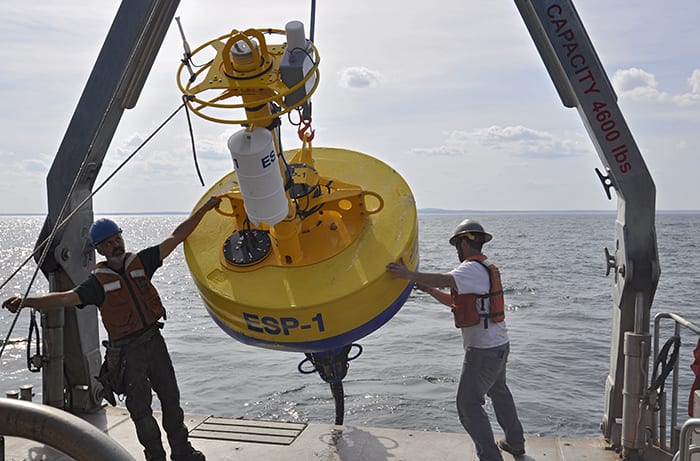
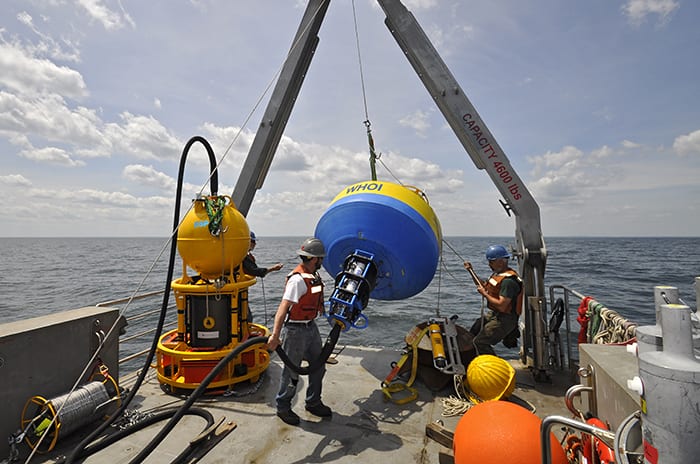


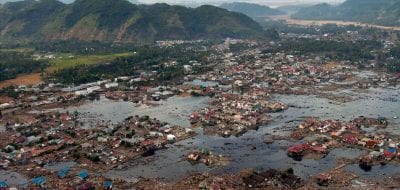
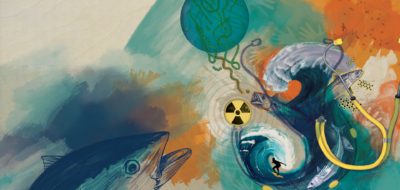



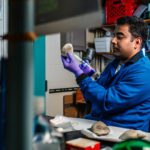 Watch What You Eat
Watch What You Eat